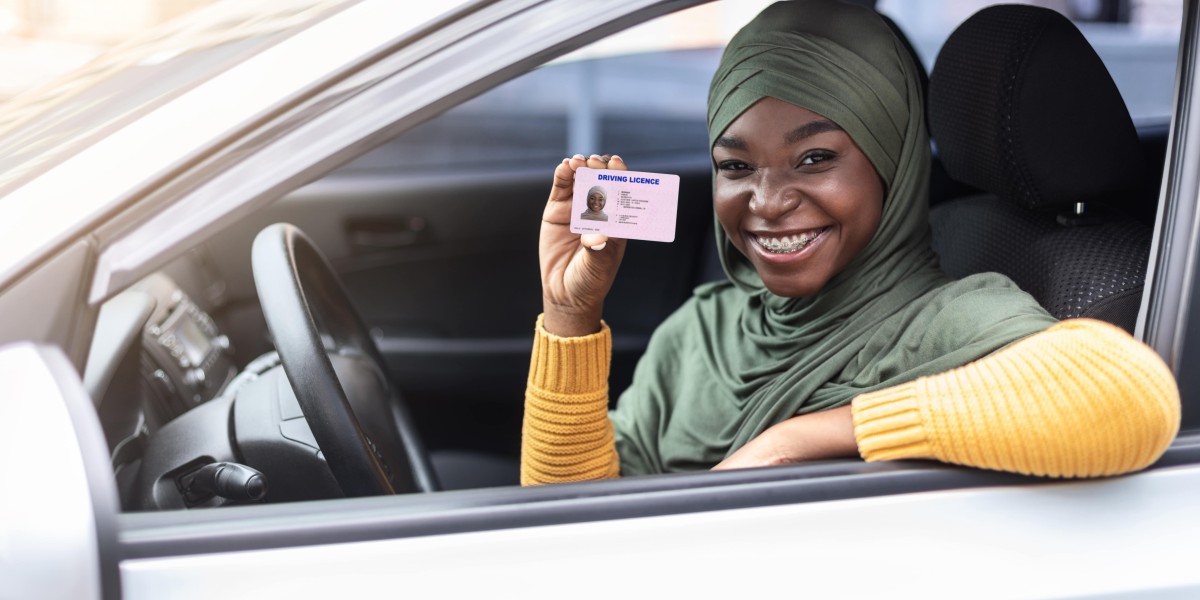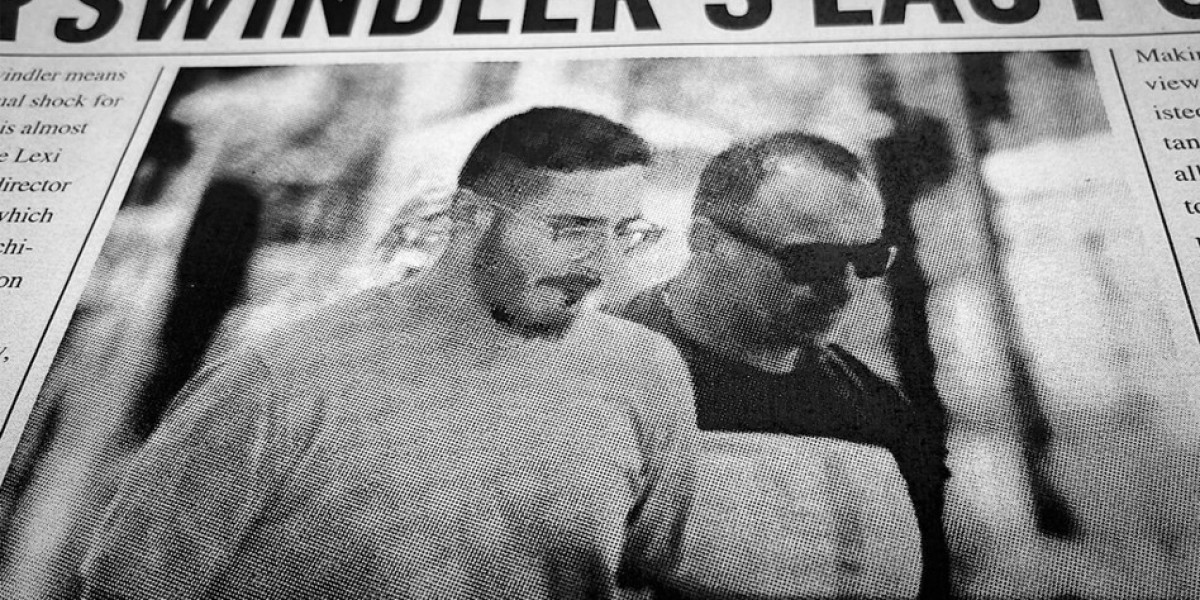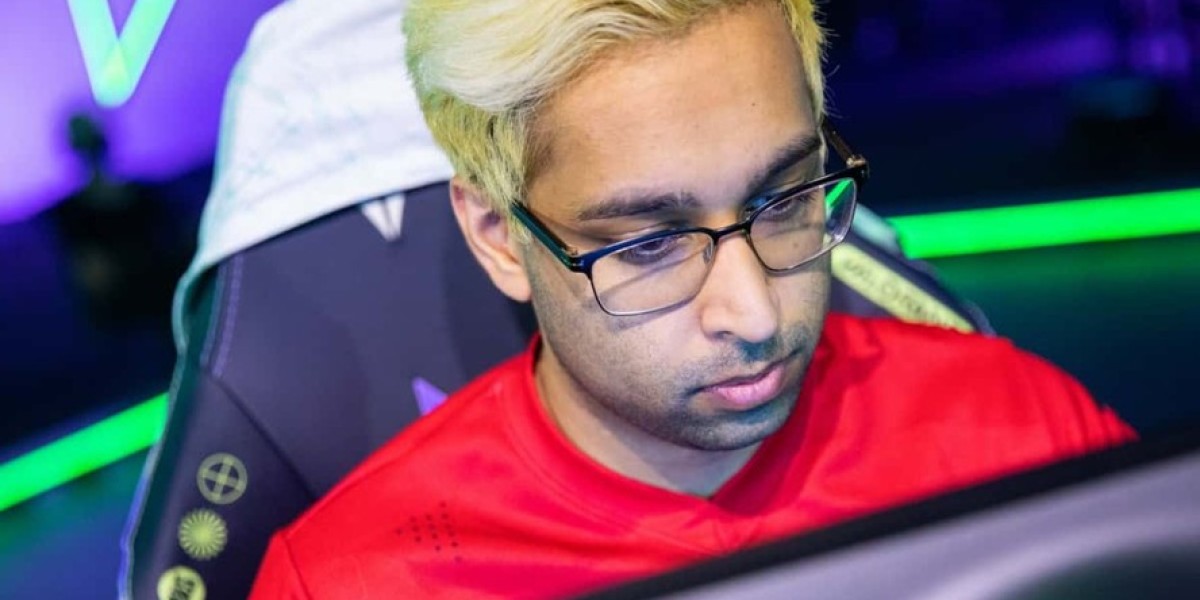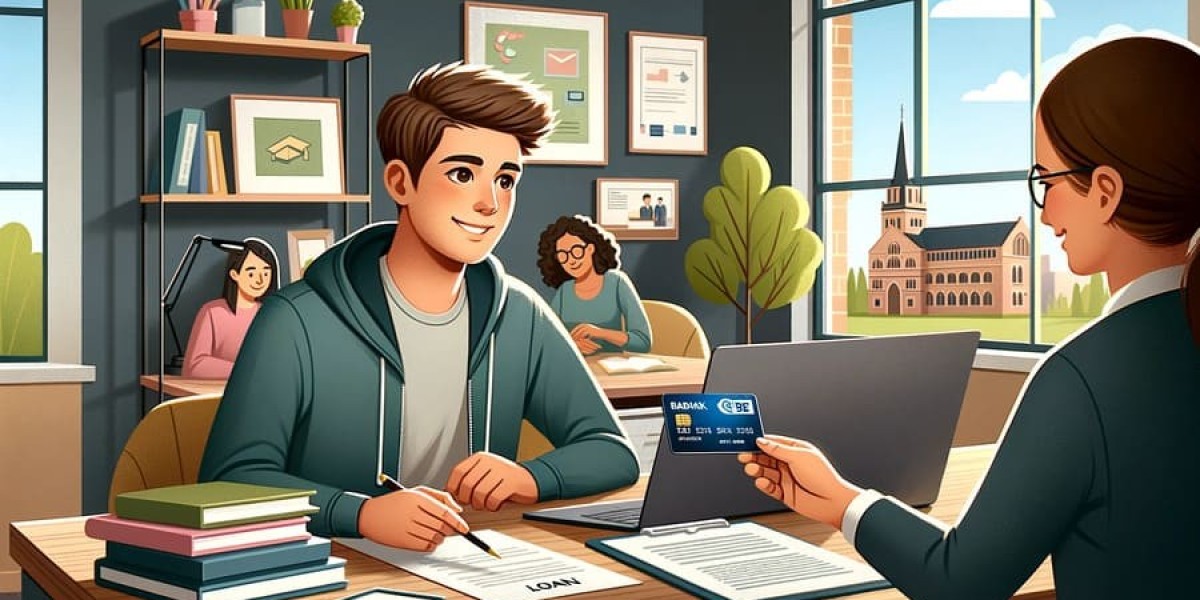Understanding the Driving Licence in the UK: A Comprehensive Guide
The driving licence is an important document needed for those wishing to run an automobile in the United Kingdom. The procedure of acquiring a driving licence can typically appear overwhelming, filled with regulations and varying processes across different classifications of licences. This post explores the UK driving licence system, its types, the procedure of acquiring one, and regularly asked concerns.
Kinds Of UK Driving Licences
The UK has several types of driving licences, each tailored for various classifications of lorries. Understanding these various licence types is important for potential drivers. Here's a breakdown of the significant categories:

Provisional Licence:
- This is the first action to obtaining a full driving licence. It allows people to drive an automobile on UK roads under certain conditions, typically while accompanied by a qualified driver license uk.
- Eligibility: Must be at least 17 years old (or 16 for mopeds).
Full Driving Licence:
- After passing the driving test, individuals are awarded a full driving licence. This allows them to drive unaccompanied.
- Categories of complete driving licence consist of:
- Category B: Cars and light vans.
- Classification A: Motorcycles.
- Category C: Large lorries, like trucks.
Unique Licences:
- For professional drivers and specific kinds of lorries:
- HGV Licence: For driving heavy products cars.
- PCV Licence: For passenger-carrying vehicles like buses and coaches.
- For professional drivers and specific kinds of lorries:
Young driver's license online Licence:
- Special arrangements may apply to drivers under 25, including higher insurance coverage costs and restrictions in some areas.
The Process of Obtaining a Driving Licence
The journey towards obtaining a driving licence in the UK includes a number of essential actions. Each phase is created to guarantee that the applicant is well-prepared to operate a lorry securely. Here are the stages broken down into an easy-to-follow procedure:
Step 1: Obtain a Provisional Licence
- Eligibility: Application can be made online licence driving or through postal services if the applicant is at least 17 years of age.
- Documents Needed:
- Proof of identity (passport, and so on)
- National Insurance number.
Action 2: Learn to Drive
- Driving Lessons: It is recommended to take lessons from a qualified instructor.
- Theory Test Preparation: Candidates should study for the theory test, which assesses knowledge of roadway signs, rules, and safe driving practices.
Step 3: Pass the Theory Test
- Parts: The theory test includes multiple-choice concerns and a risk understanding test.
- Passing Requirements: Candidates should score above the needed threshold on both sections to advance to the practical driving test.
Step 4: Pass the Practical Driving Test
- Reserving the Test: Once positive with driving, individuals can book their useful test.
- Test Components: The dry run evaluates driving skills, manoeuvres, and decision-making abilities.
Step 5: Receive Full Driving Licence
- After successful completion of both the theory and dry runs, candidates receive their full driving licence.
Renewing and Updating Your Licence
Driving licences in the UK do have an expiration date. Generally, a complete driving licence should be renewed every 10 years, and a provisional licence every 10 years or upon reaching a specific age, depending on the category of the licence.
Secret Points for Renewal:
- Ensure upgraded individual info is sent.
- Pay a renewal fee (suitable in some cases).
- Depending on age, a medical exam might be needed.
Common FAQ about Driving Licences in the UK
1. How do I check if my provisionary driving licence stands?
- You can examine your licence status on the main government website by entering your details.
2. What occurs if I lose my driving licence?
- If you lose your licence, you should apply for a replacement through the DVLA. This procedure can be done online.
3. Can I drive with an ended licence?
- No, it is unlawful to drive with an expired licence. You must restore your licence before driving.
4. What are the penalties for driving without a legitimate licence?
- Driving without a legitimate licence can lead to fines, points on your licence, and possibly more serious legal effects.
5. Can I drive in other nations with my uk driving license online driving licence?
- In lots of locations, a UK driving licence is recognized; however, some nations might require an International Driving Permit (IDP) in addition to your Uk licence (https://www.susannahmcgowan.uk).
6. Can I take the useful test in another language?
- Yes, the driving test can be performed in various languages through the use of an interpreter. It is advisable to inspect accessibility and guidelines ahead of time.
Navigating the complexities of acquiring a driving licence in the UK is vital for anybody wishing to run an automobile legally and securely. From comprehending the various types of licences to following the structured process to get a licence, being notified considerably contributes to effective driving experiences. By informing oneself through resources available, consisting of main government web pages, drivers can ensure they are well-prepared for the roads ahead. Comprehending the guidelines and obligations related to driving is not only important for individual safety but likewise contributes to the overall safety of road users.








